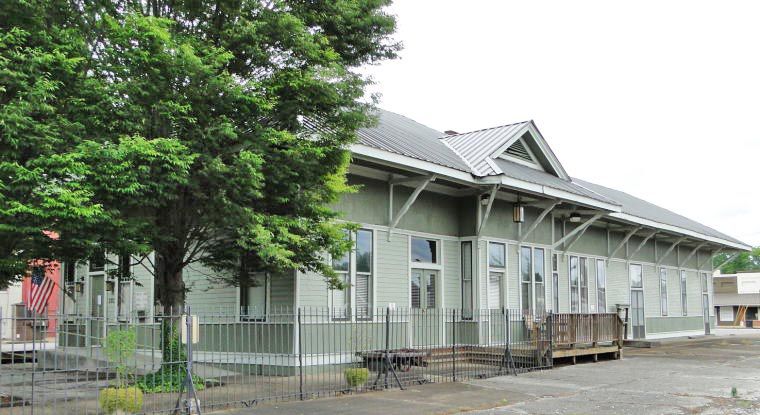ONE GARDENER TO ANOTHER: Examining the pros and cons of mulch varieties
Published 6:45 am Monday, October 16, 2017

- We mulch in warmer months for weed suppression, moisture retention, and to keep the ground warm. In winter months, mulch is also used to retain water, however, winter mulch keeps soil insulated to remain cold so plants can stay dormant.
The main reason backyard gardeners use mulch is for weed suppression, and there are a good number of mulches on the market.
Some factors to consider when picking your mulch should be soil insulation and moisture retention, cost and how it looks in your flower bed.
The following are some of the most common mulches used and the pros and cons associated with each type:
Pine needle mulch (pine straw)
This option is widely used for a variety of reasons. It is one of the least expensive options available on the market. If you are fortunate enough to have pine trees on your property, this is a great free option. Applying a thick layer, 2 to 3 inches, of pine needles will help suppress weeds as well as keeping the soil warm and moist.
Pine bark mulch
Pine bark mulch is one of the most common mulches used in beds, largely in part because it is the most visually appealing. It also does a good job of keeping soil warm and retaining moisture, as well as suppressing weeds. This is also a moderately priced option.
Pine bark mulch breaks down fairly quickly, which is a pro because it adds nutrients to the soil, but a con because you have to replace it regularly. Pine bark mulch also has the potential to draw bugs especially spider mites. It is not very good on slopes, or areas that rain water can easily wash the mulch away.
Straw and hay
Both straw and hay are not considered as aesthetically pleasing as other mulches, but they provide excellent insulation in both summer and winter. Straw in particular is a favorite choice for winter mulching as the straw needles are hollow, providing dead air space, which is ultimately the perfect insulator. They are also the mulch of choice used when seeding a new lawn.
Hay, unfortunately, has the con of often being riddled with weed seeds, thus introducing weeds into your garden that weren’t there before. Unless available free of charge, it is a slightly higher priced option than pine needles or bark.
Leaves
Leaves are a wonderful free mulch, however, they need to be shredded before use. They are very good when used over vegetable beds in the fall, as they will decompose through the winter.
They are commonly used around trees and bushes and in less formal settings. The leaves also attract earthworms which are beneficial to your garden soil health. They help with soil aeration and compaction, as well as nematode control.
Leaves over time have the tendency to compact together and form a mat, which will inhibit air and water flow, especially if not shredded. Leaves can easily be raked and ‘fluffed up’ when they become matted.
Grass clippings
Grass clippings are high in water content so they decompose very quickly. This unfortunately makes them very slimy and give off a bad odor. They also have a tendency to mat down, inhibiting air flow. If clipping have been treated with herbicides, pesticides or weed killer, they can be harmful to your plants. Grass clippings are best left on the lawn to return nutrients to the soil. The pro: They’re free.
There are a variety of inorganic mulches available as well. Rocks and gravel, although they create very clean look, can be expensive. They also absorb heat from the sun which can cause the area to become hot and dry. The use of these materials is best in beds without plants or those that are drought resistant.
Rock and gravel mulch are also used in conjunction with plastic or fabric sheeting, adding to the cost. Plastic sheeting does not allow proper air flow or for water to penetrate through to the soil. Although fabric sheeting is better for allowing air and water to pass through, weeds can also penetrate through the fabric.
Rubber mulch is usually made from ground, recycled tires and dyed to compliment or stand out in the garden. It is good at suppressing weeds and for maintaining moisture in the soil. There are still studies being performed to determine the toxicity of rubber mulches. It does not break down and can remain in the soil for long periods of time. It is one of the more expensive mulches.
With any mulch, make sure to keep it at least a few inches away from the base of plants and trees. Until next week, happy gardening.
— Irland, a member of the Limestone County Master Gardeners, can be reached at kippirland@hotmail.com. For more information on the Limestone County Master Gardeners, visit http://mg.aces.edu/limestone.





